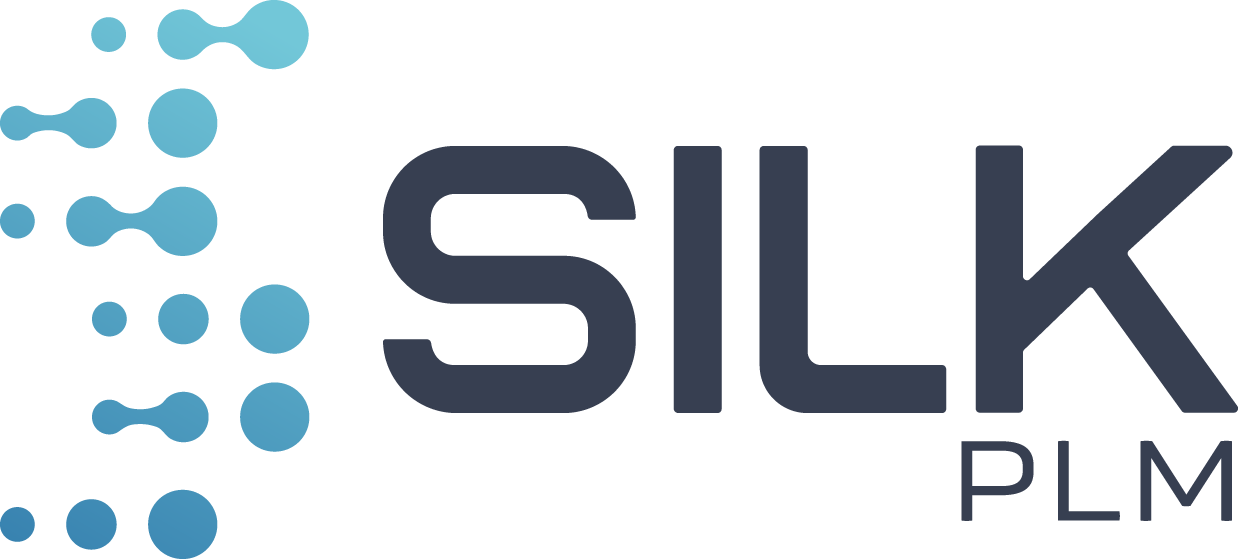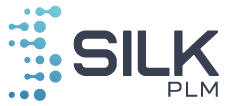Knowledge base » Articles » Make friends with the new …PLM systems
What is Agile PLM?
Good management of your product process is crucial in the corporate environment of today. Agile Product Lifecycle Management (PLM) can so significantly improve things. Let’s explore how Agile PLM approach may transform your processes and propel your company forward.
From this article you will learn:
- What is agile design.
- What are its benefits for companies.
- What solution in the context of agile design we propose.
![]()
Origin of agile approach in projects
Mostly from the IT sector, the agile concept has originated. It is becoming rather well-known as a substitute for the traditional Cascade (Waterfall) approach.
Under the old paradigm, all programming was simultaneously exactly scheduled and split into phases with a tight budget.
Consequently, the very beginning of the project produced all the main presumptions. Actually, this greatly accelerated the process of obtaining a working application for the customer.
With the Agile approach—which divides work into small sprints carried out in distributed teams—everything has changed and there is no general plan in effect.
This provides great flexibility and lets you rapidly hand over a portion of the project under development or deliver working components of the program, then work on enhancing them based on the direction you get. This thus fosters growth and the ongoing search for betterment of systems.
What is Agile PLM?
One can apply such a philosophy in several spheres. It also fits very well with the ideas of PLM, which calls for quick response to changes in dynamic markets and effective organization.
From the first idea all the way to when it’s no longer in use, Agile PLM is a tool for tracking a product’s whole path. It handles all the data, tools, and procedures involved, thereby enabling businesses to simplify their operations, raise the quality of their products, and hasten the introduction of new ideas into the market.

Agile PLM – benefits for the company
Improved cooperation: Agile PLM centralizes all product data, so facilitating seamless team working conditions.
Improved Product Quality: It offers tools for better planning, design, and production, leading to fewer issues and returns.
Faster time-to-market: Agile PLM tools lets you launch products more rapidly by clearing obstacles and streamlining processes.
Cost Reduction: PLM enables the identification and reduction of extraneous expenses by means of improved control over the process of product development.
Regulatory Compliance: guarantees that your products satisfy industry standards and maintains accurate records for audits.
![]()
Tools to support agile PLM – solutions for business
Using an Agile PLM tool like SilkPLM will transform how you run your company.
Scalability: Agile PLM will expand with you regardless of size—small business or major organization.
Flexibility: It fits many kinds of companies since it adjusts to manufacturing, retail and more. This flexibility makes it a valuable tool for a wide range of businesses.
Competitive Advantage: Agile PLM lets you keep ahead of the competition by maximizing your product lifetime management. It helps you to innovate more quickly and effectively, therefore providing you a major market advantage.
Conclusion
Agile Product Lifecycle Management (PLM) is greatly improving methods of product development. Agile PLM can help businesses to gain from better:
- collaboration,
- higher product quality,
- quicker time-to-market,
- lower costs,
- and guaranteed regulatory compliance.
Adopting Agile PLM will help your business move ahead and support more effective operations as well as innovation. It will help your company to achieve steady development and react to market changes.

